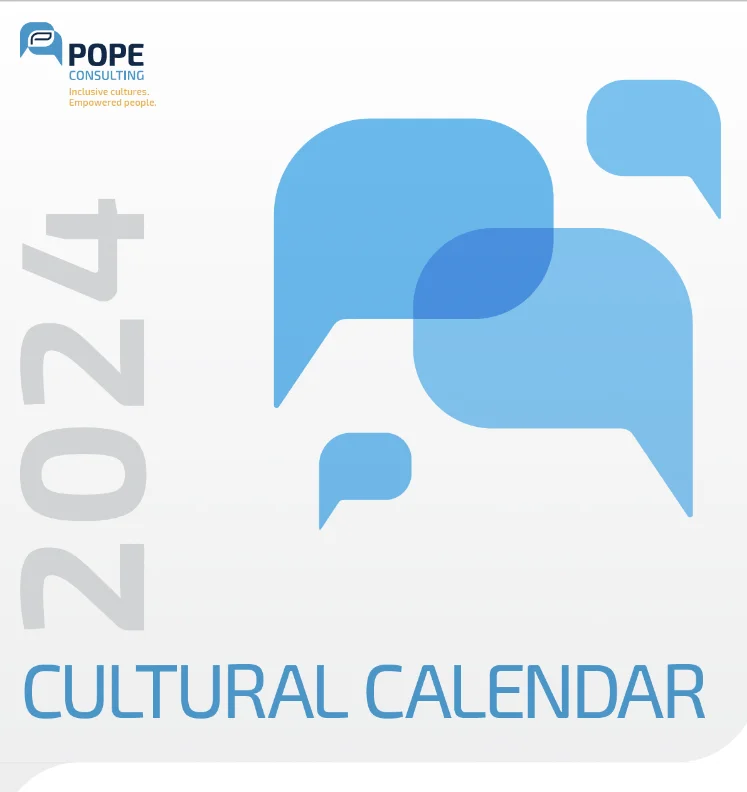People now expect faster service, more options, and flexibility with almost everything. For most businesses, it has not been an easy adjustment to their new normal, but many are anxiously hopeful for the time we can get back to a familiar routine. Business trends have also experienced transformation in just about every industry centered around technology advancements, new business growth, and altered ways of working. One business function that has also seen some drastic shifts in practice is recruiting. The number of people “available for work” has grown exponentially and it is a big task for recruiters to sift through hundreds of resumes to identify the best skilled candidates. Job applicants are also making unprecedented demands for remote work options, flexibility in scheduling, and benefits beyond healthcare and 401-K. Due to this evolving recruiting landscape, HR leaders have needed to adjust their DEI strategies to juggle job requisitions and talent shifts more effectively.
In the spirit of Women’s History Month and International Day for the Elimination of Racial Discrimination observed globally on March 21st, we provide suggestions that have been helpful to our clients who needed a nudge in developing their future work culture. What is “future culture?” This catchy phrase is a newer expression being used in the social space to invite reflection on what will be different in the next five to ten years that we can prepare for now. Culture is a set of common values, beliefs, and norms that help to shape a range of factors over one’s lifetime. Similarly, organizational culture needs to demonstrate a level of commitment to practices that aligns with employees and future consumers. One of the best ways to align with future cultural needs is to take a deeper look at the organization’s internal talent pool.
In 2023, it is surprising that the number of women and underrepresented minorities holding top leadership positions within organizations has increased so little in the last forty years; yet technology, businesses, and consumer expectations have accelerated at warp speed just in the last three. People of Color and women still make up less than 20 percent of the senior management roles within Fortune 500 companies according to recent economic reports. Fast forward to2050 and consider the projection that there will not be a racial or ethnic majority in the US although the population of college educated women will triple. Also, consider a new generation of leaders, Gen Z, who will not only expect inclusion and acceptance as a business practice but will push for it to be a new cultural value in society. An article published by the Boston Consulting Group examined gender equality and revealed that organizations with a greater focus on developing and promoting women talent, especially in leadership roles, perform better than their competitors (BCG, 2023). Now is the best time to pivot back to targeted recruiting practices with the focus on women and the intersectional components of that talent group because of the opportunity to get ahead of the next wave of change that will influence our new “future culture.” We encourage our clients to take a deeper look at engagement and representation in hiring, sourcing, and prioritizing talent movement by conducting an internal cultural assessment.
What is your priority now? Are targeted recruiting strategies top of mind? Here are seven questions to reflect on how to move toward a more diverse “future culture.”
- Think about the future of your workplace. What needs to be different, who will be needed, and how will the changes in the future impact your organization’s overall success?
- What does your talent acquisition team know about DEI? Make time to explore DEI definitions, unconscious biases, and inclusion metrics to inspire and drive high performance. Ensure that diversity outreach, compliance, and recruitment systems broaden visibility to the right talent.
- What is your employment brand inside and outside of the company? Target various community organizations where employee branding opportunities exist. Consider whether you are leveraging your internal recruiting sources, i.e., your employees, who live the brand and are connected to others with great talent. What other branding opportunities exist: incentives, inclusion networks, and local education institutions?
- Where can you search for good diverse talent referrals? Identify the specifically targeted talent that needs to be sourced. Where are referrals needed? Reach out to your internal talent groups to help identify where other diverse talents might be uncovered. For example, employees’ affiliations with schools or community groups, fraternities/sororities and other social groups can be great for identifying potential new sources of talent.
- Which internal talent groups need to be prioritized? DEI strategies should be linked to overall organizational KPIs, so it is important to leverage internal organizational data to assess gaps and then source for talent to help fill the gaps internally through talent development and internal talent pipeline programs to accelerate succession.
- When is the last time you evaluated your recruiting process for bias? Bias can creep up on all of us no matter how objective we try to be. Consider building diverse hiring panels to reduce bias in the selection process. Recruiters can also experience bias when they are continuously recruiting for the same roles or functions. Observe how the position description wording may attract one person differently from another based upon the language used.
- Where do employees find their sense of belonging at work? Incorporate employee networks or resource groups to encourage continuous connection, learning, and feeling of a sense of belonging. Mentorship, opportunities to participate in special projects, and community outreach efforts always help to bring people together for a common good.
Sources:
 2024 Cultural Calendar
2024 Cultural Calendar


